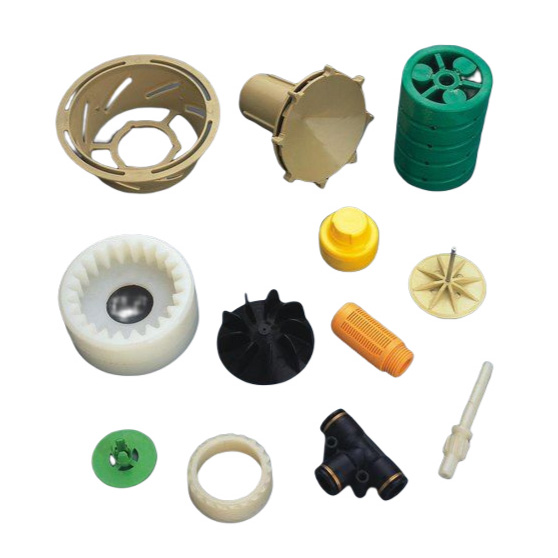Here's an overview of the process of injection molding plastic parts
2024-03-25
Injection molding plastic parts is a manufacturing process used to produce a wide range of plastic components with high precision, complexity, and consistency. It is one of the most common methods for mass-producing plastic parts due to its efficiency, repeatability, and versatility. Here's an overview of the process of injection molding plastic parts:
1. Design Phase:
- The process begins with the design of the part to be manufactured. This involves creating a 3D CAD model of the part, specifying its dimensions, geometry, features, and any surface finishes.
- Design considerations include draft angles, wall thickness, ribbing, and other features to facilitate moldability and ensure the part can be effectively molded.
2. Tooling Design and Fabrication:
- Once the part design is finalized, molds (also known as tools) are designed to form the desired shape of the plastic part.
- The mold consists of two halves: the cavity, which forms the exterior shape of the part, and the core, which forms the interior features.
- Tooling design is critical to ensuring the quality and functionality of the finished part. It involves considerations such as gate design, cooling channels, ejection mechanisms, and parting lines.
- Molds are typically made from steel or aluminum using CNC machining, EDM (electrical discharge machining), or other manufacturing processes.
3. Injection Molding Process:
- Plastic pellets, granules, or powder are fed into a hopper and then gravity-fed or auger-fed into the heated barrel of an injection molding machine.
- Inside the barrel, the plastic material is heated and melted to a molten state, forming a viscous fluid.
- The screw within the barrel then injects the molten plastic under high pressure into the mold cavity through a nozzle and runner system.
- The plastic material fills the mold cavity, conforming to the shape of the cavity and solidifying as it cools.
- Once the plastic has cooled and solidified, the mold opens, and the part is ejected from the mold cavity using ejector pins or other mechanisms.
- The mold closes again, and the process repeats for the next cycle.
4. Post-Processing and Finishing:
- After ejection, the parts may undergo additional post-processing operations such as trimming, deburring, machining, drilling, or assembly.
- Surface finishes such as polishing, painting, plating, or texture application may also be applied to meet specific design requirements.
5. Quality Control:
- Quality control measures are implemented throughout the injection molding process to ensure the consistency, accuracy, and integrity of the finished parts.
- Inspection techniques such as dimensional measurements, visual inspection, and material testing are used to verify part quality and compliance with specifications.
6. Applications:
- Injection molding is used to produce a wide range of plastic parts for various industries, including automotive, aerospace, electronics, medical devices, consumer goods, packaging, and more.
- Common applications include housings, enclosures, connectors, gears, knobs, handles, and other components.
In summary, injection molding plastic parts is a highly versatile and efficient manufacturing process that enables the production of complex plastic components with high precision and consistency. With advanced materials, tooling, and processing technologies, injection molding continues to be a preferred method for mass-producing plastic parts across a diverse range of industries and applications.



